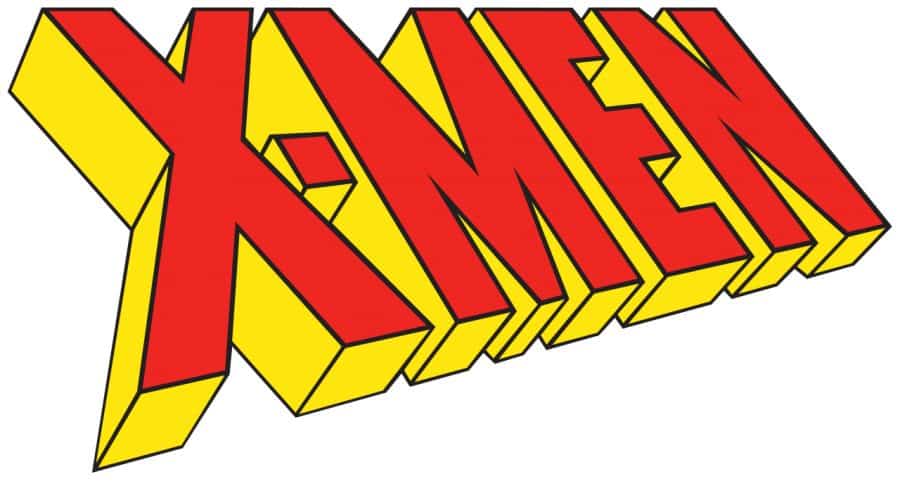The Splash Page: “Dawn of X” introduces a very uncanny X-Men
September 8, 2019
A few weeks ago, everything we knew about the X-Men changed forever with the release of Marvel’s “House of X” #1, the triumphant return of mutants to their place as a premier Marvel Comics franchise. Shepherded by Jonathan Hickman, former writer of “Fantastic Four,” “Avengers” and “New Avengers,” the so-called “Dawn of X” initiative promises to use Hickman’s knack for grand storytelling and long-burning build-ups to launch the X-Men corner of the Marvel Universe back into the spotlight, following a supposed editorial and corporate downplaying of the characters as long as the rights to their film adaptations were held by Twentieth Century Fox, a problem solved by Marvel-parent-company-Disney’s acquisition of Fox earlier this year.
In “House of X” #1, the X-Men are scary. Artist Pepe Laraz, whose work might be described as the best of the current “House Style” at Marvel, full of clean lines and broad swaths of rich color – supplied by the more-than-talented colorist Marte Garcia – gives the book an unsettling feel, refraining from ever showing us the eyes or full expression of an X-Man for eleven full pages. The redesigned Professor X, namesake and patriarch of the group, is downright terrifying, hiding his eyes behind a massive “X” helmet. Hickman and Laraz realize that Cyclops, who has always hidden his eyes behind his iconic visor, is unreadable, and in that way somewhat inhuman, and they have applied this concept to all their X-Men.
These uncanny adventurers have established their own nation, their own culture and they are secure in the knowledge that soon they will become the dominant species on the planet, inevitably overcoming humans. Letterer Clayton Cowles brings a mixed-case font to the book, something uncommon in superhero comics, where most lettering is done in capital letters. This too is unsettling, perhaps because Hickman used mixed-case to great effect in the pages of his multiversal “Avengers” epic to designate alien versions of characters from darker, twisted universes.
The week after “House of X” #1, everything we knew about the X-Men changed again, in “Powers of X” #1, the companion series revealed that at least one character we’ve been following in X-Men comics since the 1970s has had an ulterior motive the entire time. As both series have progressed, Hickman has unveiled a centuries-spanning epic that spends as much time in the far-future of the Marvel Universe where humans have, in fact, been wiped out by mutants, as in the present. Throughout both series, the inhuman nature of the X-Men is stressed, and their utopia of mutant excellence leaves a bad taste in the mouth. Both series often cut away to text pieces, explaining aspects of the future or the present in infographics, or cutting away to full-page text quotes. It is all cold, removed from the superheroics of past X-Men tales. In fact, the X-Men are united and allied with some of their greatest foes throughout Hickman’s story, blurring the lines between villains and heroes. And yet, the story pulls together decades of X-Men continuity, pitting mutants against their classic foes, the mutant-hunting artificial-intelligence machines called the Sentinels, across time and space. It is Nimrod, the Omega Sentinel programed to destroy all mutant life, who has the most personality of any character in the series, who is seemingly the most human of any character Hickman introduces.
This week, in “Powers of X” #3, everything we knew about the X-Men changed yet again. What has been presented in the series as inevitable up to this point is called into question. The complexities of the plan begin to show themselves and we’re left wondering what could possibly come next for the X-Men. We know a little about what will come next, after “House of X” and “Power of X” each reach their sixth and final issues – a relaunch of the entire X-line at Marvel, with six new books charting the new status quo. We can guess that the story that is beginning here will find new complexities in the future. After all, Hickman began the story that would become 2015’s “Secret Wars” in the pages of “Fantastic Four” in 2009, and continued telling it bi-weekly for almost seven years. What is clear is that this story, now only a few weeks old, is going to change what we know about the X-Men, perhaps forever. The franchise is headed in bold new directions as soon as next week.
It was Hickman who was in charge of the “Avengers” books just as they were gearing up for the release of the first “Avengers” movie, and who introduced characters and concepts – Thanos’s heralds, the Black Order, specifically – that ended up making their way into later installments of the movie franchise. It was Hickman who tore down the entire Marvel Universe and rebuilt it, all while delivering a powerful character study in his years-long epic’s finale, “Secret Wars,” defining an entire era of Marvel Comics. Now that Disney and Marvel are gearing up to give us a new cinematic “X-Men” sometime in the next five years, we’re finally getting what looks to be a new defining story for the X-Men, and it is a good one.










